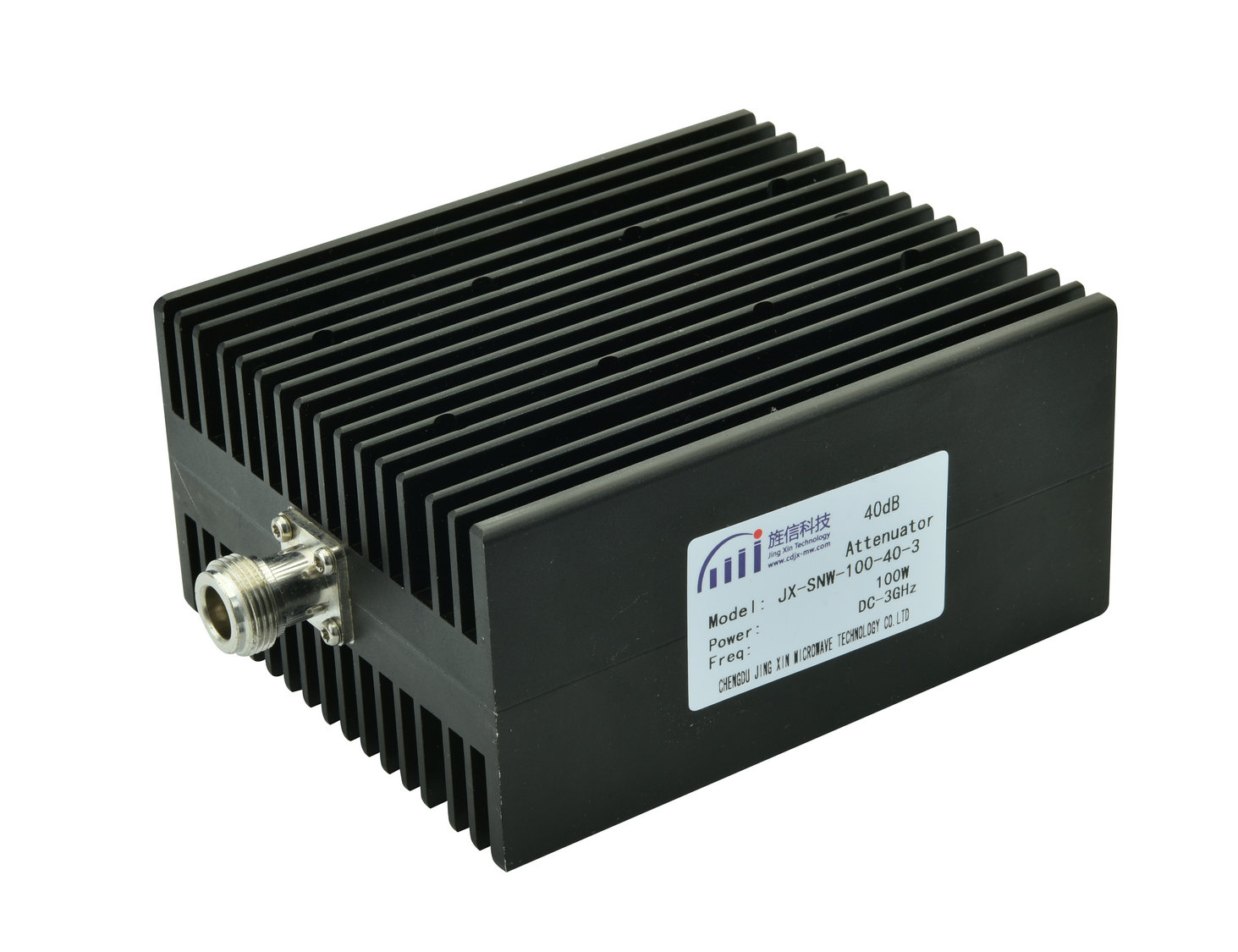The Attenuator is an electronic component that is widely used in electronic equipment, and its main function is to provide attenuation. It is an energy-consuming element, which turns into heat after power consumption. Its main purposes are: (1) Adjust the size of the signal in the circuit; (2) In the comparison method measurement circuit, it can be used to directly read the attenuation value of the tested network; (3) Improve impedance matching, if some circuits require When a relatively stable load impedance is used, an attenuator can be inserted between the circuit and the actual load impedance to buffer the impedance change. So when using the attenuator, what are the matters needing attention?
Let's introduce it in detail below:
1. Frequency response: the frequency bandwidth, generally expressed in megahertz (MHz) or gigahertz (GHz). General-purpose attenuators generally have a bandwidth of about 5 GHz, with a maximum bandwidth of 50 GHz.
2. Attenuation range and structure:
Attenuation range refers to the attenuation ratio, generally ranging from 3dB, 10dB, 14dB, 20dB, up to 110dB. The attenuation formula is: 10lg (input/output), for example: 10dB characterization: input: output = attenuation multiple = 10 times. The structure is generally divided into two forms: fixed proportional attenuator and step proportional adjustable attenuator. A Fixed attenuator refers to an attenuator with a fixed ratio multiple in a certain frequency range. A Step attenuator is an attenuator with a certain fixed value and equal interval adjustable ratio. It is divided into manual step attenuator and programmable step attenuator.
3. Connection head form and connection size:
The connector type is divided into BNC type, N type, TNC type, SMA type, SMC type, etc. At the same time, the connector shape has two types: male and female.
The connection size is divided into metric and imperial systems, and the above is determined according to the requirements of use; if the types of connectors need to be connected, the corresponding connection adapters can be equipped, for example: BNC to N-type connector, etc.
4. Attenuation index:
Attenuation indicators have many requirements, mainly the following aspects: attenuation accuracy, withstand power, characteristic impedance, reliability, repeatability, etc.
As the designer of attenuators, Jingxin can support you with the different kinds of attenuators according to your RF solution.
Post time: Dec-20-2021






